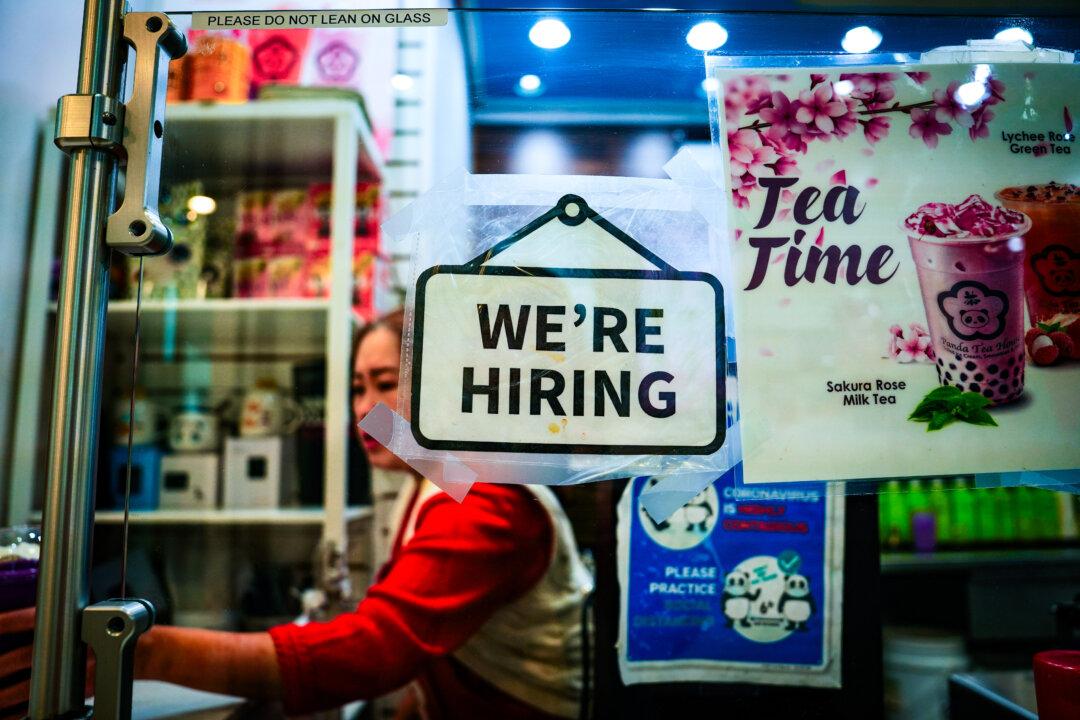America’s biggest banks appear to be battening down the hatches as many companies in the financial sector are laying off workers, shutting down branches, and failing to recover from the banking crisis this past spring. Some market analysts wonder if the industry is preparing for a recession or a prolonged anemic economic landscape.
This year, the largest U.S. financial institutions have been trimming their payrolls, and the expectation on Wall Street is that the worst is yet to come.





